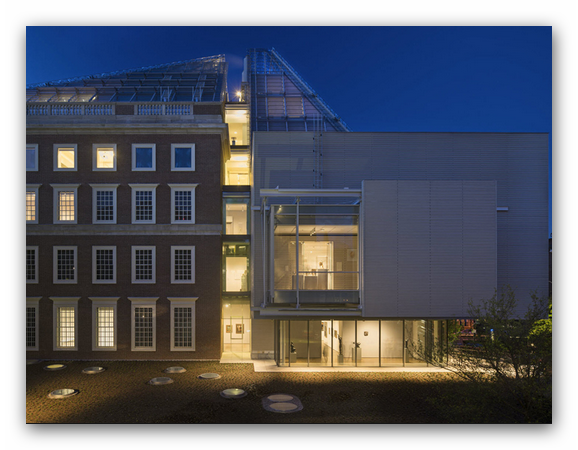May 20 2017 - Aug 13 2017
Cambridge, MA
This focused exhibition features illustrated Persian manuscripts and detached folios that were collected in the early 20th century by Harvard alumnus Bernard Berenson (1865–1959), the famous American art historian and connoisseur of Italian Renaissance painting.
Credit: Exhibition overview from museum website.
Whether or not you go, Bernard Berenson: A Life in the Picture Trade is an illuminating biography of the connoisseur who changed the art world and the way we see art.
When Gilded Age millionaires wanted to buy Italian Renaissance paintings, the expert whose opinion they sought was Bernard Berenson, with his vast erudition, incredible eye, and uncanny skill at attributing paintings. They visited Berenson at his beautiful Villa I Tatti, in the hills outside Florence, and walked with him through the immense private library—which he would eventually bequeath to Harvard—without ever suspecting that he had grown up in a poor Lithuanian Jewish immigrant family that had struggled to survive in Boston on the wages of the father’s work as a tin peddler. Berenson’s extraordinary self-transformation, financed by the explosion of the Gilded Age art market and his secret partnership with the great art dealer Joseph Duveen, came with painful costs: he hid his origins and felt that he had betrayed his gifts as an interpreter of paintings. Nevertheless his way of seeing, presented in his books, codified in his attributions, and institutionalized in the many important American collections he helped to build, goes on shaping the American understanding of art today.
This finely drawn portrait of Berenson, the first biography devoted to him in a quarter century, draws on new archival materials that bring out the significance of his secret business dealings and the way his family and companions—including his patron Isabella Stewart Gardner, his lover Belle da Costa Greene, and his dear friend Edith Wharton—helped to form his ideas and his legacy. Rachel Cohen explores Berenson’s inner world and exceptional visual capacity while also illuminating the historical forces—new capital, the developing art market, persistent anti-Semitism, and the two world wars—that profoundly affected his life.
Bernard Berenson: A Life in the Picture Trade
Exhibition Venues & Dates
May 20 2017 - Aug 13 2017
Cambridge, MA

